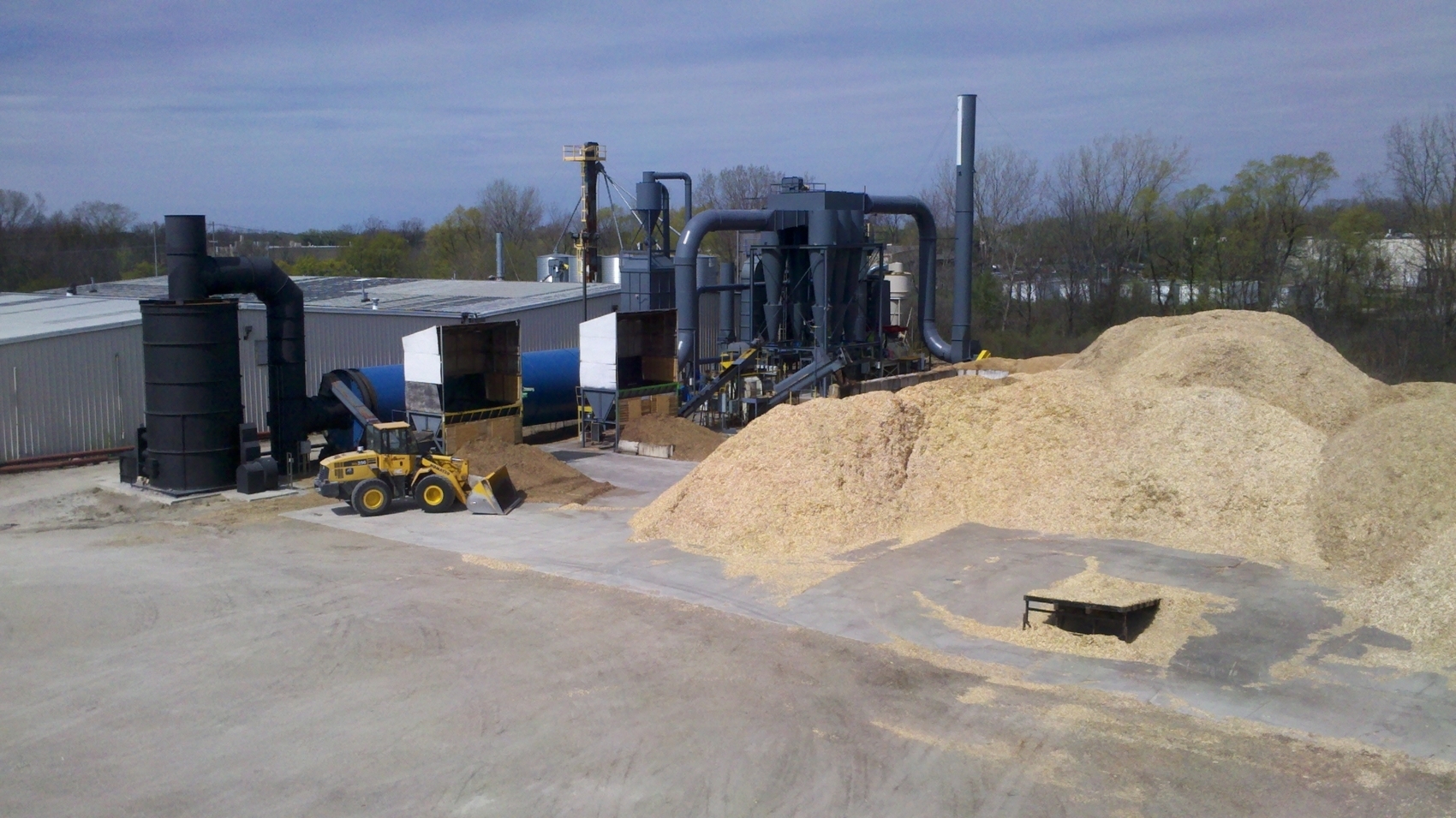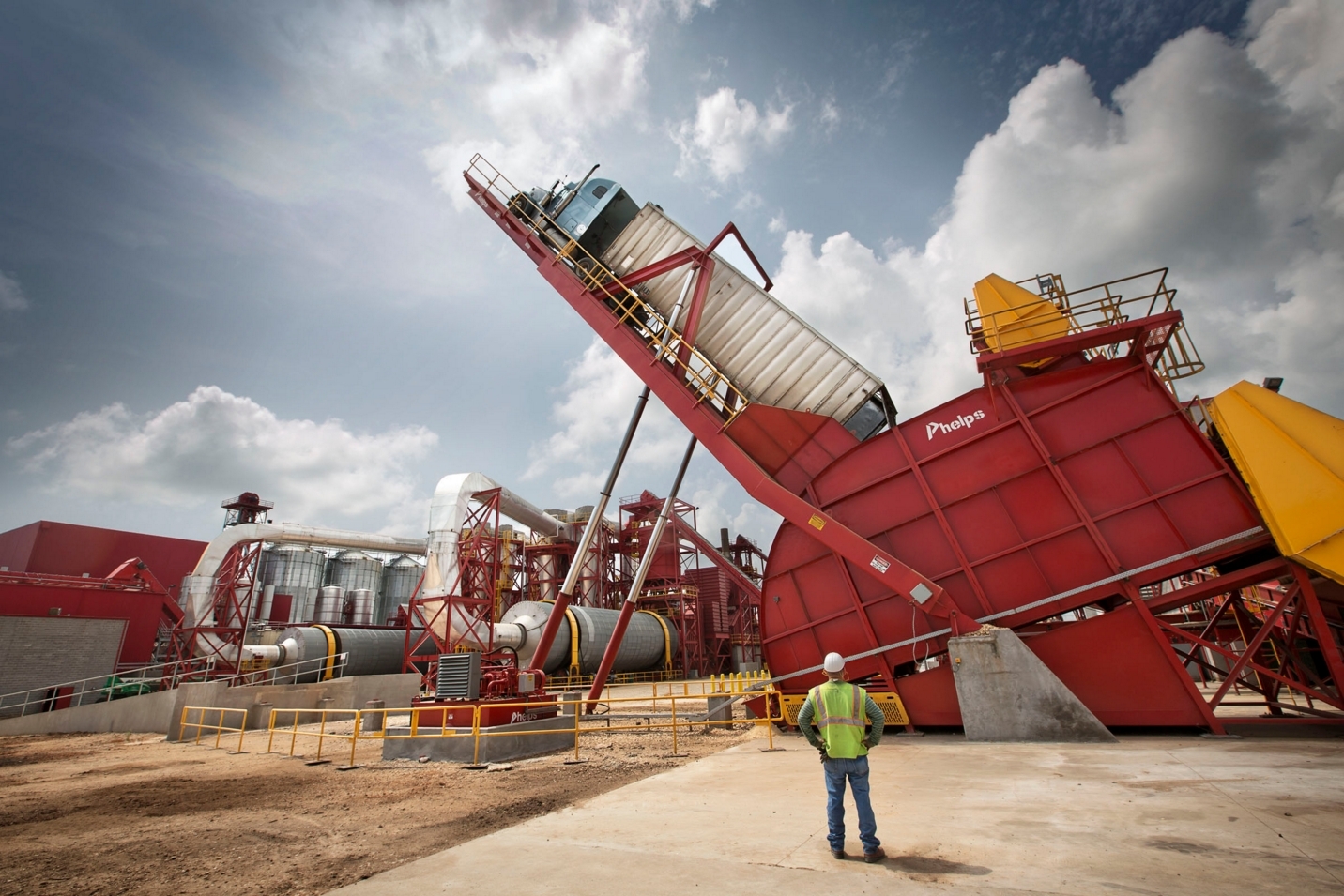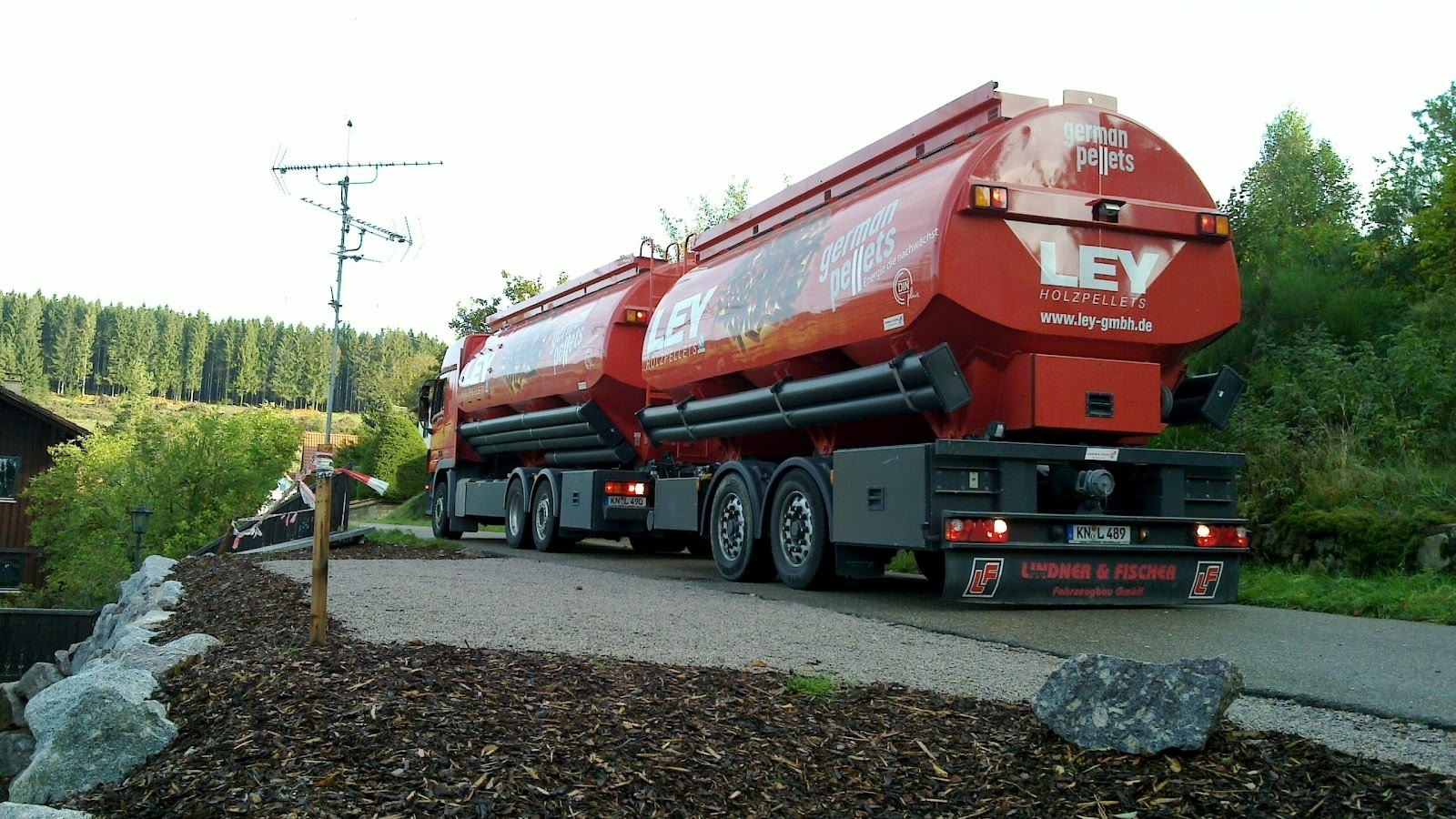Pellet price index is a percentage number which shows the extent to which the price for wood pellets (consignment) has changed over a particular period of time as compared to the prices in a certain year which are considered a standard in that regard.
The wood pellet markets of Germany and Austria are highly developed at the moment and are considered to be the premium pellet markets. That is why, various price indices were introduced in order to measure and analyze the dynamics of prices over the particular periods and to be able to compare it with the indices for the other sources of energy. German Biofuel Portal biomassa.de puts under the microscope different pellet price indices which show the pellet market dynamics in Germany and Austria.
One cannot but mention that the German and the Austrian pellet markets are closely intertwined in terms of pellet production and consumption and that is why the price indices on the market of both countries do not differ very much and usually are similar.
As of February 2016, Karl Brunner, an expert of the German Biofuel Portal biomassa.de, analyzed the price indices for bulk wood pellets in Germany and Austria. The analyst states that the average price index during the period from February 2015 to February 2016 stayed approximately at the same level and faced minimum fluctuations, the average price index being 23.71 Euro cents per kilo or 4.84 Cent per kWh. As compared to 2015, the average price index in 2016 has fallen by 4.7 per cent.
The most important price index which gives information about pellet prices since 2006 is the pellet price index PPI 06. It takes one hundred (100) as a starting point. The survey is conducted due to the pellet price by an order of 6 tons in bulk. At present, the current value of the index is 133.35.
Germany Manufacturing Producer Price Index is at a current level of 103.50, down from 103.80 last month and down from 104.10 one year ago. This is a change of -0.29% from last month and -0.58% from one year ago.

The Producer Price Index in Austria as of February 2013 was at the level of 140. In June 2013 the index began to increase up to 150 in February 2014 and began its sharp fall to nearly 137. With sharp fall in March 2015 the index stays currently at the level 133.5 as of February 2016.
According to Karl Brunner, the distributors of wood pellets should now receive significant benefits from the reduced summer prices for wood pellets and be ready to fill up their storehouses. As the production of wood pellets is obviously more efficient during the summer month as compared to the winter period, the prices indices are lower in summer respectively. Thus, that it is more convenient for the consumers to start purchasing wood pellets and refreshing their stocks for the winter heating season in advance during the summer months.
The price indices for wood pellets in Germany tend to vary depending on the territory and region. According to the estimates, in June 2015 the prices for wood pellets in the southern part of Germany comprised 236.46 EUR per tonne (for six-tonne purchases), while at the same time wood pellet prices for the same amount of pellets in the central region of the country were 237.09 EUR per tonne. In the northern part and in the eastern part of Germany the prices were the same-241.40 EUR per tonne. The price of wood pellets index in Germany has slightly declined in June. German EN-plus A1 pellets currently cost an average of 237.87 EUR per tonne, the price index became 0.9 percent lower than in May and 5 percent lower than in June 2014.
The same year in June, bigger the amounts of wood pellets (26-tonne purchases) were sold, the prices being as follows: 221 EUR per tonne in the central part of Germany, 223.43 EUR per tonne in the north and in the east of the country and 223.07 EUR per tonne in the southern region of Germany (VAT included). The index for pellet price had not significantly changed till May 2015, when it faced a slight fall towards 200 EUR per tonne.
The price index in Germany and Austria may be considered as stable and the prices have barely experienced dramatic fluctuations and staggering. The German Biomass Portal biomassa.de conducted its research looking through the changes of prices throughout years in both countries. In Austria and Germany, price levels had been fairly steady. Later, in 2006 the index experienced a drastic increase and became more than 265 Euro per tonne with a peak price more than 265 Euro per tonne in November, and this fact could be noticed on several central European wood pellet markets. For the next years, the increase in prices did not happen again and they were stable, though at a higher level.

In general, the fluctuations of prices took place only in accordance with seasonal needs increases. As for 2013, the price of pellet fuel per tonne across the region increased dramatically - up to 220. But for the time being, the price has leveled off and is now nearly 203.3 Euro per tonne.
The price survey provided an extensive analysis of other energy sources impact for pellet price index in Austria and Germany.
Wood pellets energy production reflects its high competitiveness with other sources of energy as far as the price indices are concerned. It is clearly understandable that no other fuel is significantly cheaper as compared with wood pellets fuel. The price index issued by proPellets Austria in February 2016 overviews the price in cents per kWh? For the time being, wood pellets are the cheapest, with 4,84 cents per kWh. The most expensive source of energy for today is electricity, its price being 20,66 cents per kWh. Due to the low oil price index fuel oil price is only by 0.44 cent per kWh higher than that for wood pellet fuel.
Those who use pellet energy heat are able to make significant energy savings.
Wood pellet price index faced a slight increase by just 0.6% between the end of 2015 and the beginning of 2016. According to the statistics released by proPellets Austria on 18 January, for the time being, wood pellets are traded at 241.70 Euro per tonne. The average price index for pellets rose by 5.5% between January 2015 and February 2016.

The biggest markets of pellets for today are in Austria and Germany. Taking into account all price index fluctuations, it can be noticed that not only oil prices make the biggest impact on the price index of wooden products. However, big oil prices slump has its impact on the pellet price index, making them unstable and fluctuating for the time being.
The price indices for the most types of pellets are experiencing gradual growth. While most markets of non-industrial pellets production are predominantly self-sufficient and work in within the countries, industrial pellet markets depend on the import of wood pellets from countries which are not member states of EU-27.
This material is protected by copyright.
Any copying and distributing without active hyperlink is strictly prohibited!